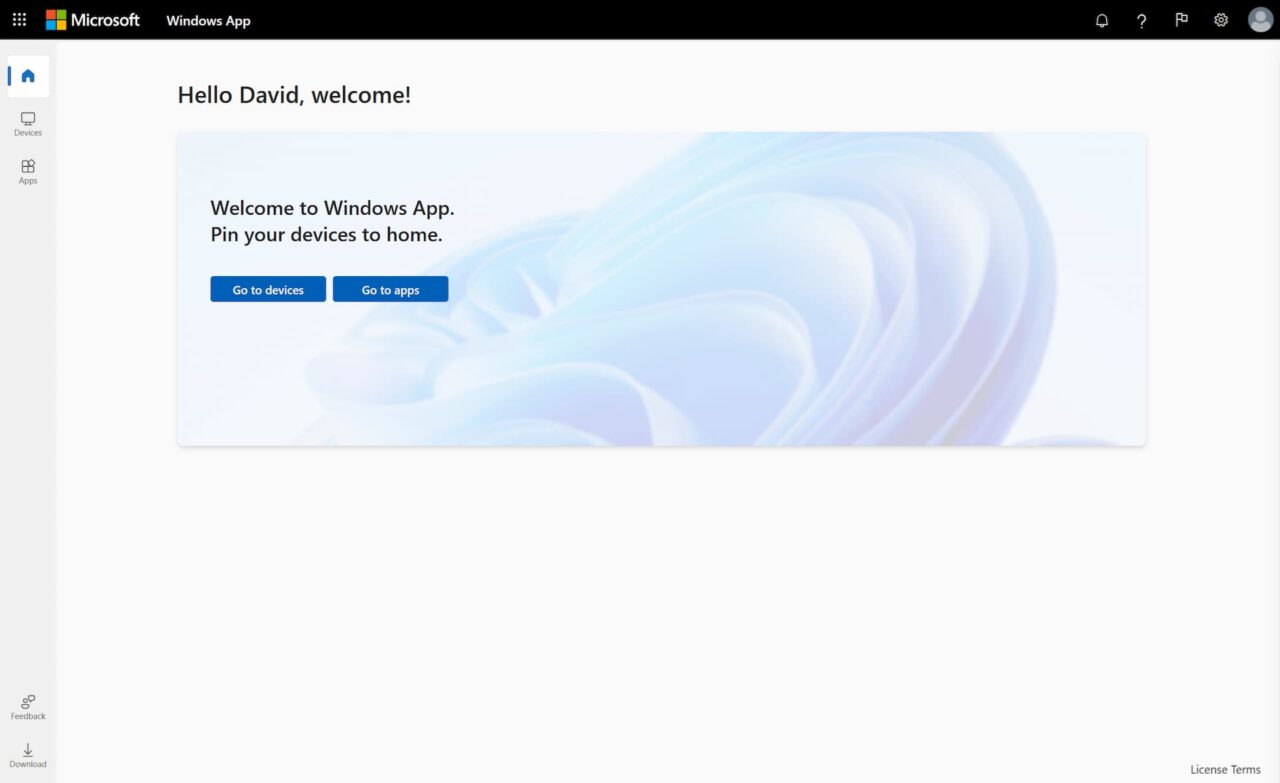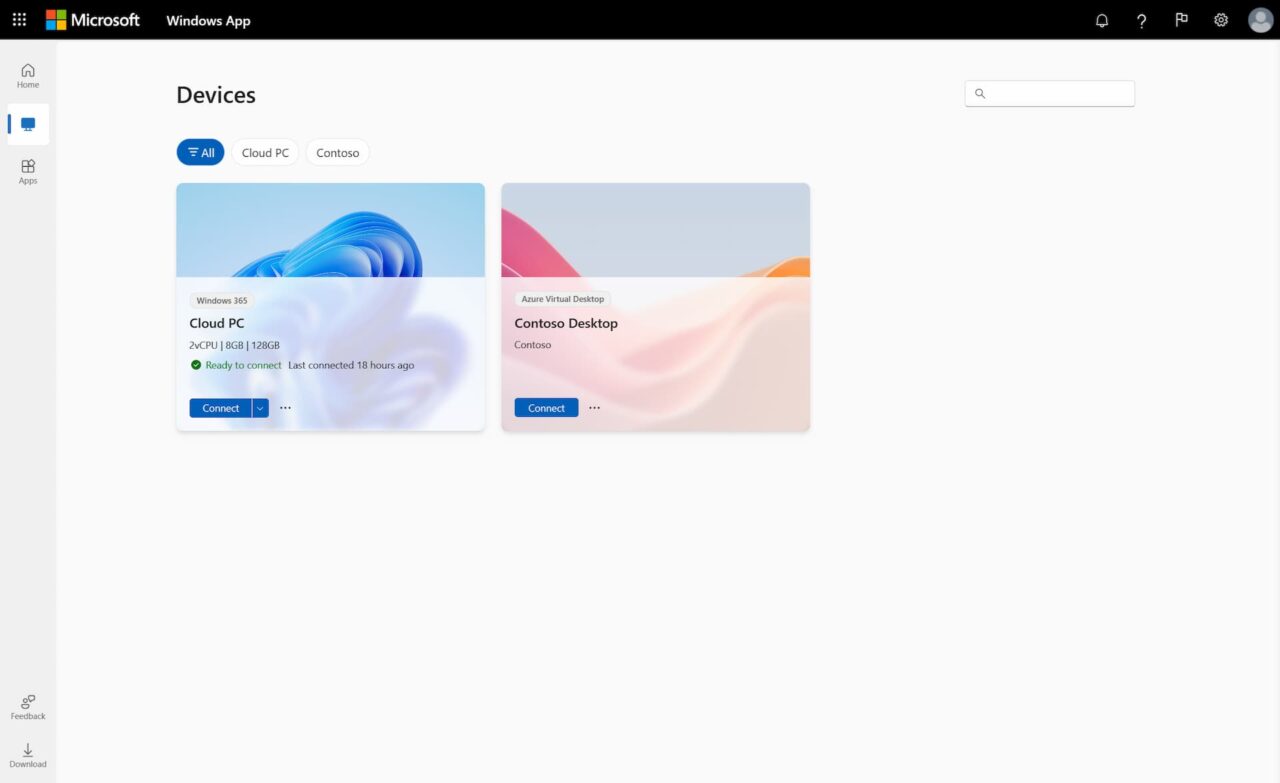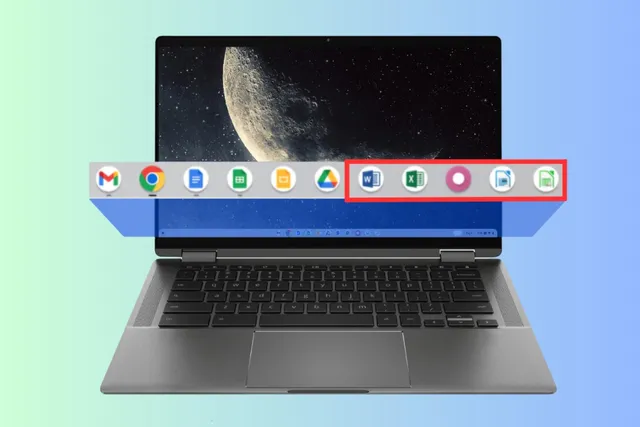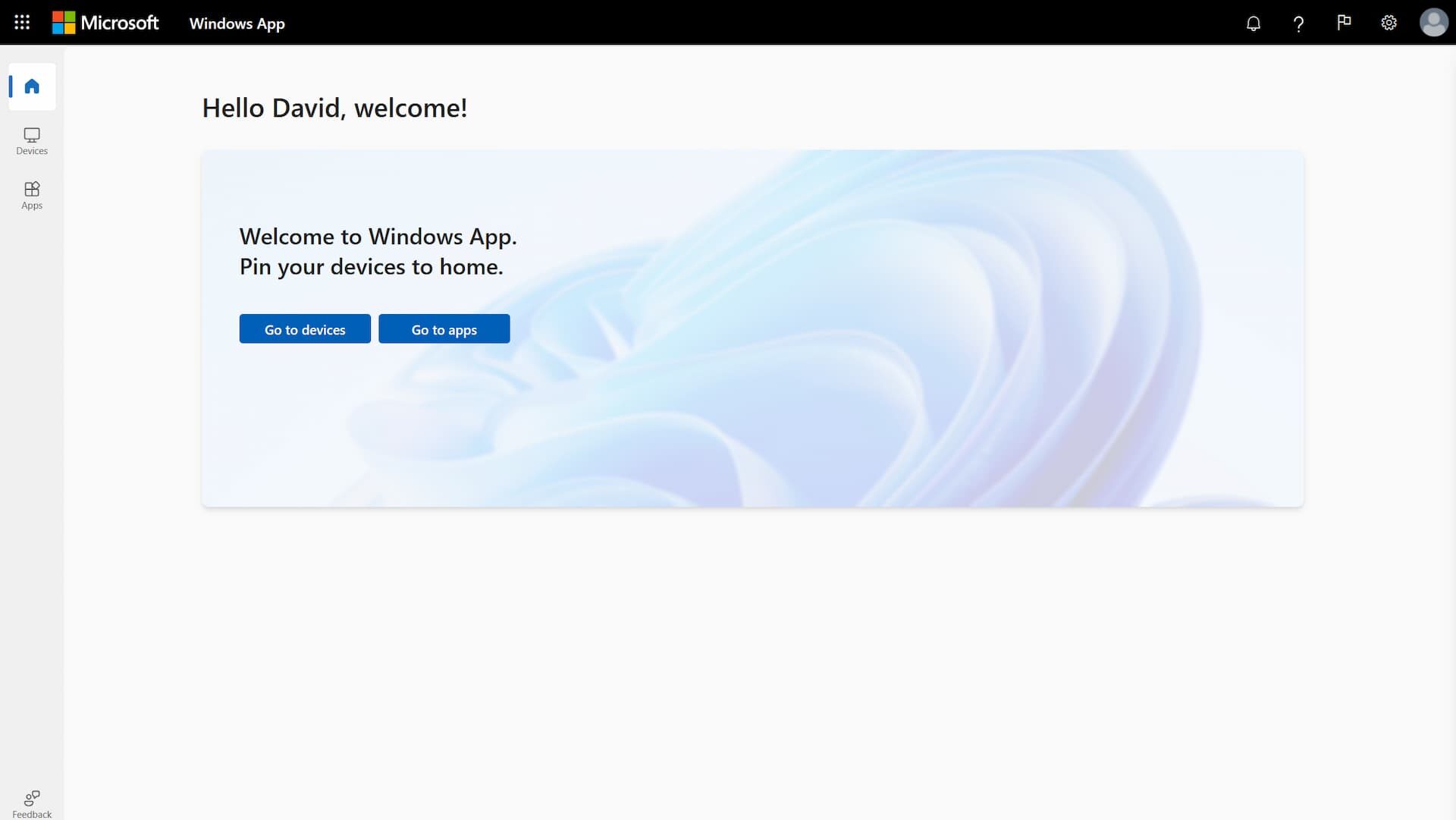It appears Microsoft is making good on it’s plan to run Windows in the cloud. The company on Thursday debuted the Microsoft Windows App. The software runs natively on multiple platforms including web browsers. And that means it streams Windows on a Chromebook, although this is mainly for corporate users.
My Microsoft account isn’t associated with a work email address so I’m unable to log in and test the Windows App. However, the concept is simple.
If you have a licence to run Windows on an Azure Virtual Desktop, Windows 365, or Microsoft Dev Box, you can remotely access Windows from a Chromebook.

Yes, this sounds much like a remote desktop client that you might have used to access a another computer from your Chromebook. It’s a bit more robust than that though.
According to Microsoft, the new Windows App offers the following features:
- Multiple monitor support.
- Custom display resolutions.
- Dynamic display resolutions and scaling.
- Device redirection, such as webcams, audio, storage devices, and printers.
- Microsoft Teams optimizations.

From a consumer Chromebook user perspective, this isn’t likely to be your way to run Windows app in your Chromebook browser. Clearly, this is aimed at enterprises and small businesses that either have, or are willing to add, Microsoft’s cloud subscription services.
And I think that’s a shame. By overlooking mainstream Chromebook users who need just a single Windows app from time to time is short-sighted. Sure Microsoft would prefer people to use Windows over ChromeOS. But the company can still generate subscription revenues through remote access to Windows. At the same time, it would have more satisfied customers.
But this seems to be a prevalent approach across all of the different ways to access Windows on a Chromebook. Parallels is great but it’s only for enterprise managed Chromebooks. Cameyo was recently integrated into ChromeOS for Windows app delivery but that too is effectively an enterprise product.

Again I understand why enterprises are the target audiences for all of these solutions. Enterprises have no problem spending money to solve a problem. Consumers are more particular with their dollars, so they’re the small fish in the big pond.
Still, why hasn’t a company even tried to test the market with a reasonably priced solution for Windows on a Chromebook? I say take the plunge by simplifying the device management process and offer a pay-as-you-go solution just to see if there’s enough interest.
In any case, the Microsoft Web App is good for enterprise Chromebook users. Any large company that adopts ChromeOS as a primary platform is likely to have legacy app needs. And Microsoft is happy to keep you using those Windows apps.
The post Microsoft’s new web app streams Windows on a Chromebook appeared first on About Chromebooks.

